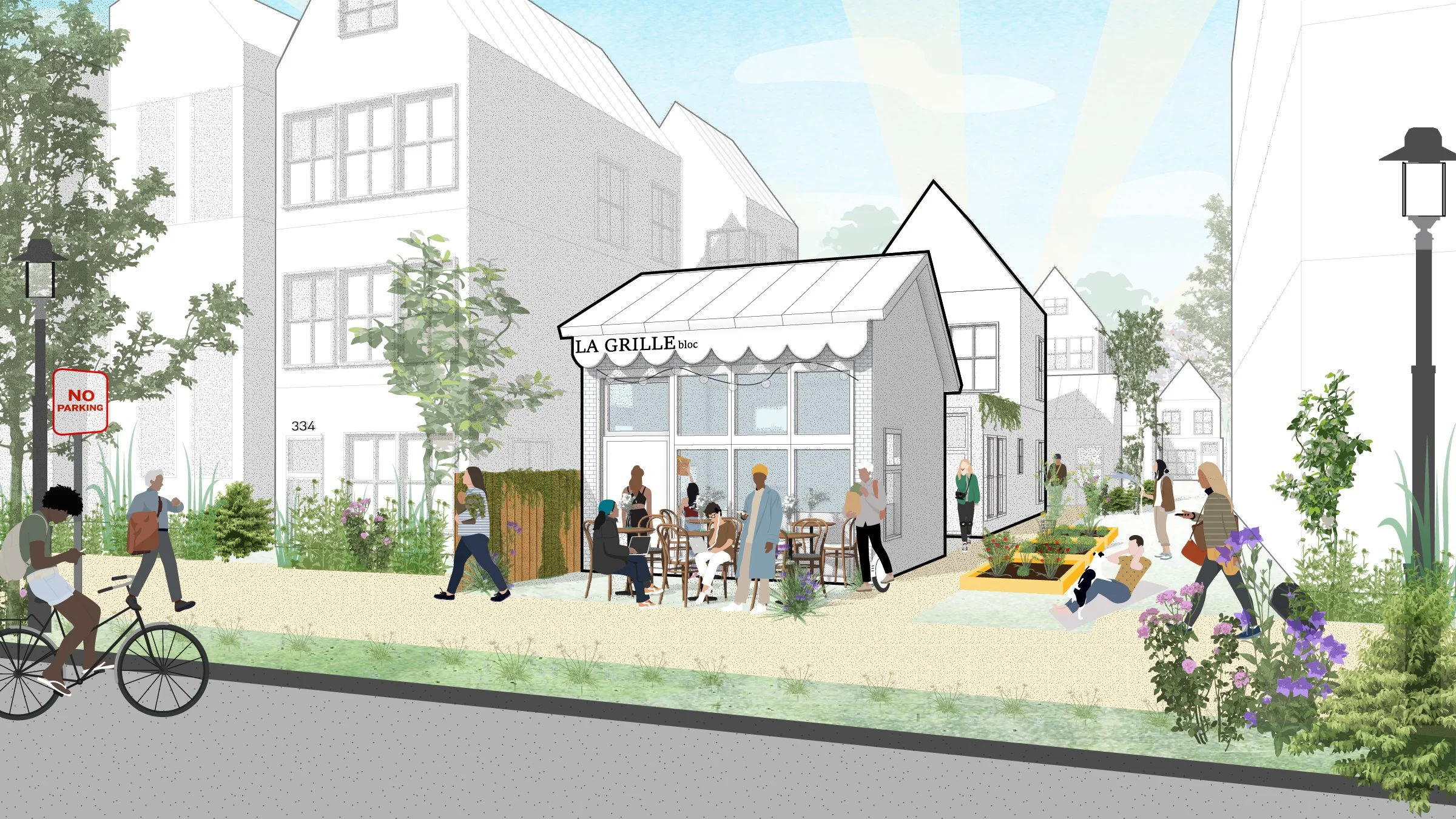
What→
Opening a business today is a slog – physically, financially, existentially. And the way we allow new retail doesn’t exactly roll out the welcome mat. Retail’s modern forms are too oversized, overpriced, and marooned to be palatable to play host for a wide range of entrepreneurs. We propose a paradigm shift from today’s distant, corporate, macro retail to the emergent, local, contextual markets that we built for thousands of years before the advent of the automobile.
Maybe the answer is moving our civic viewfinder to the hyperlocal taxonomies of commerce past, ones that encouraged emergent makers, shakers, creators, and doers – the types of retail our cities thrived on for millennia. If so, we must consider how we can provide more options (and less barriers) to retail entrepreneurs. You don’t have to squint to see microretail as part of the solution.
The retail landscape you’re most familiar with in the United States – large McDonalds signs outside strip malls with cavernous setbacks – has drifted far from the building strategies that helped commerce bubble up across history: organic, incremental, and locally cogent. Rewind a few decades and you’ll spot six models of physical shops that cities have run on – freestanding, embedded, mixed-use, agglomerative, interstitial, and itinerant.
Imagining the Future of Retail
Nationwide, USA
Key Services:
→ Economic Development Strategies
→ Development Scenario Planning
→ Comprehensive & Neighborhood Planning
→ Corridor & District Frameworks
Press:





